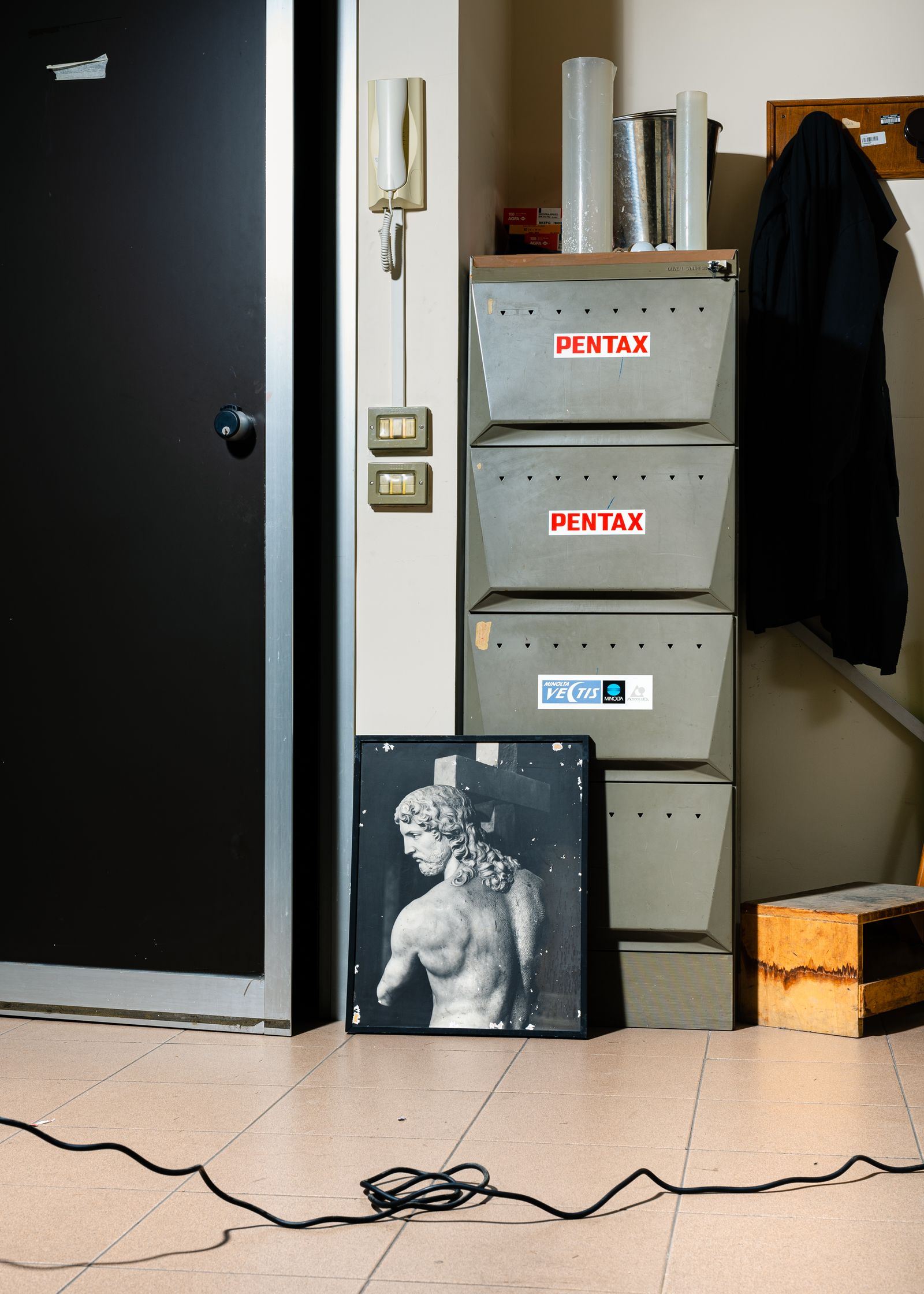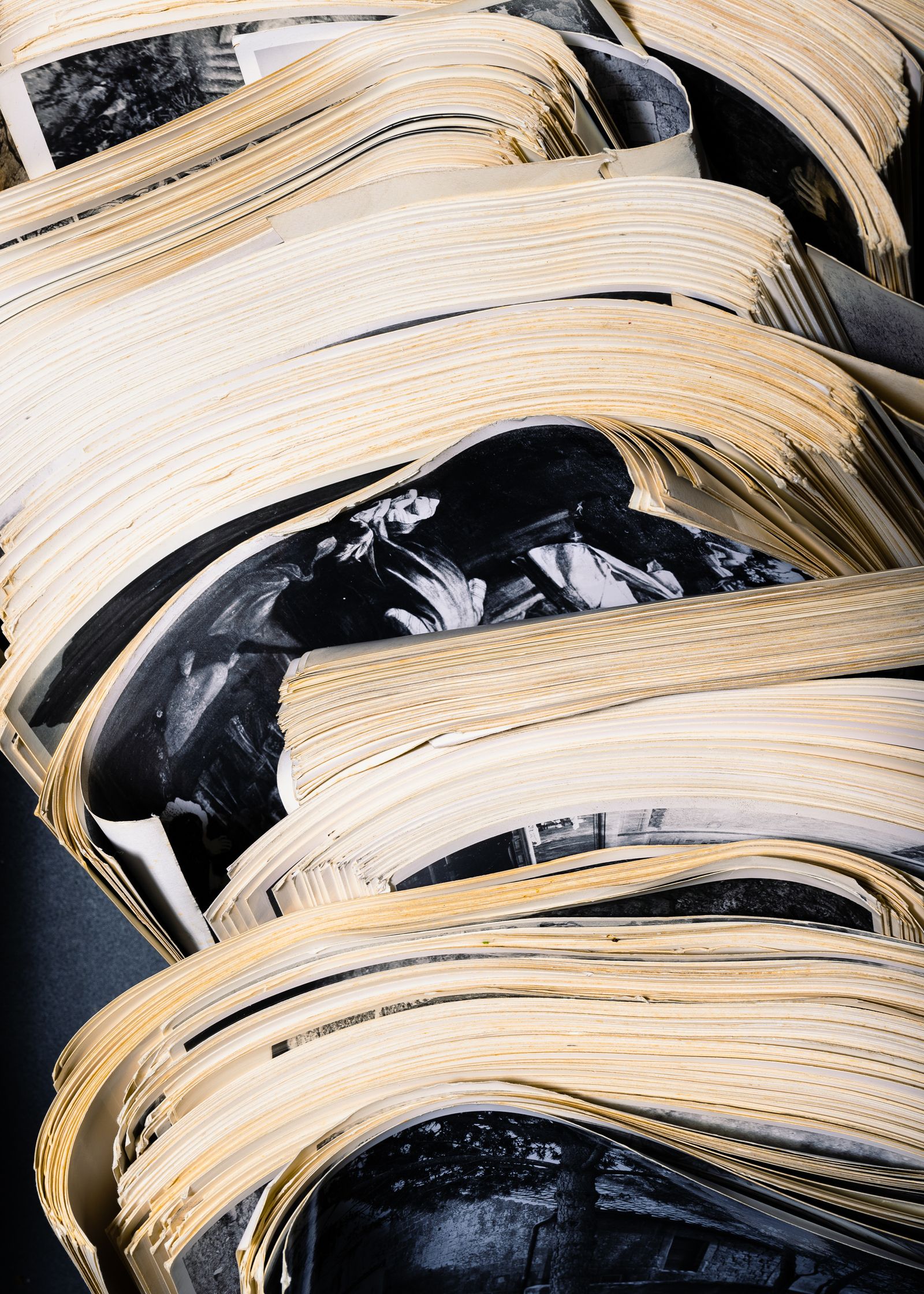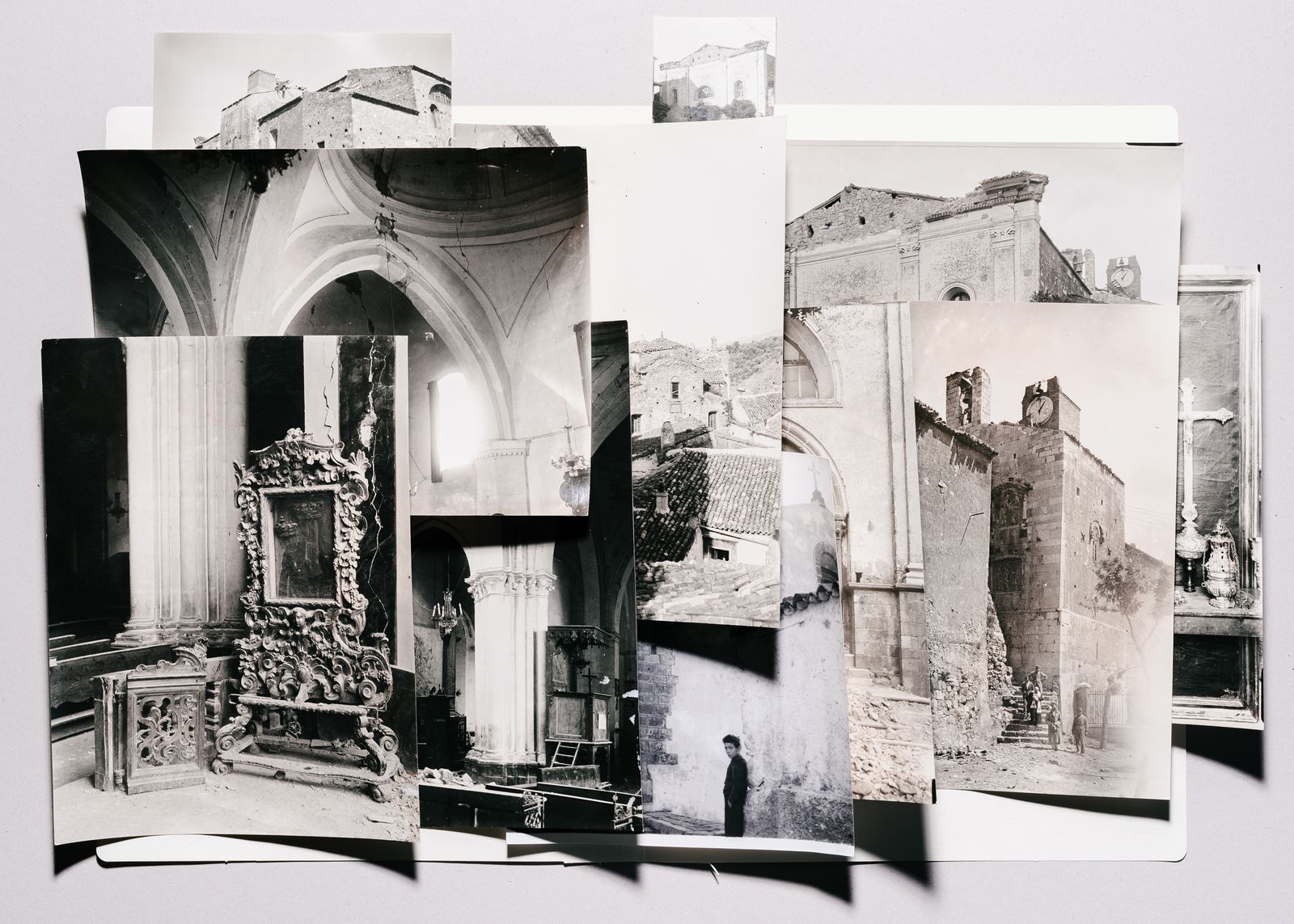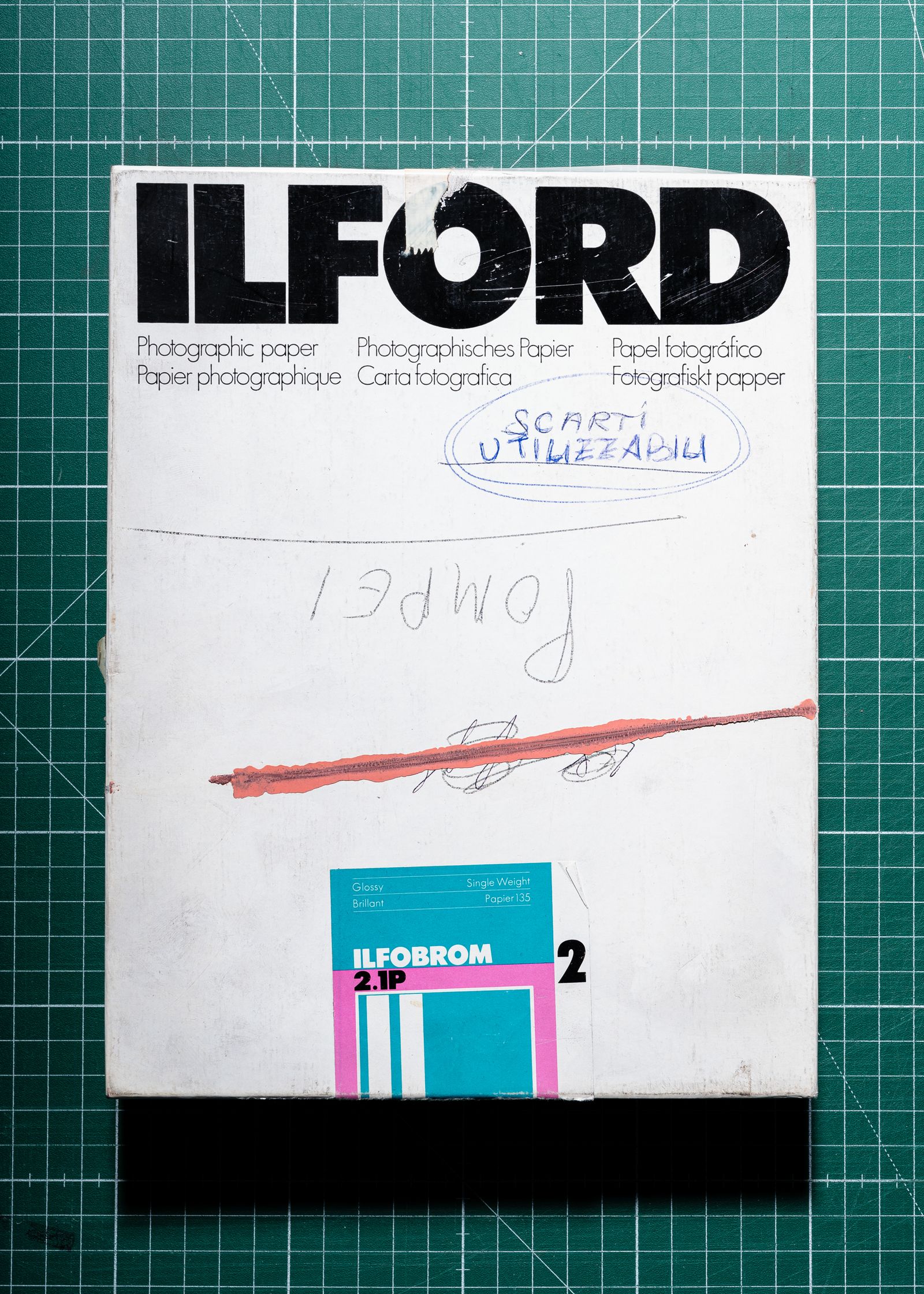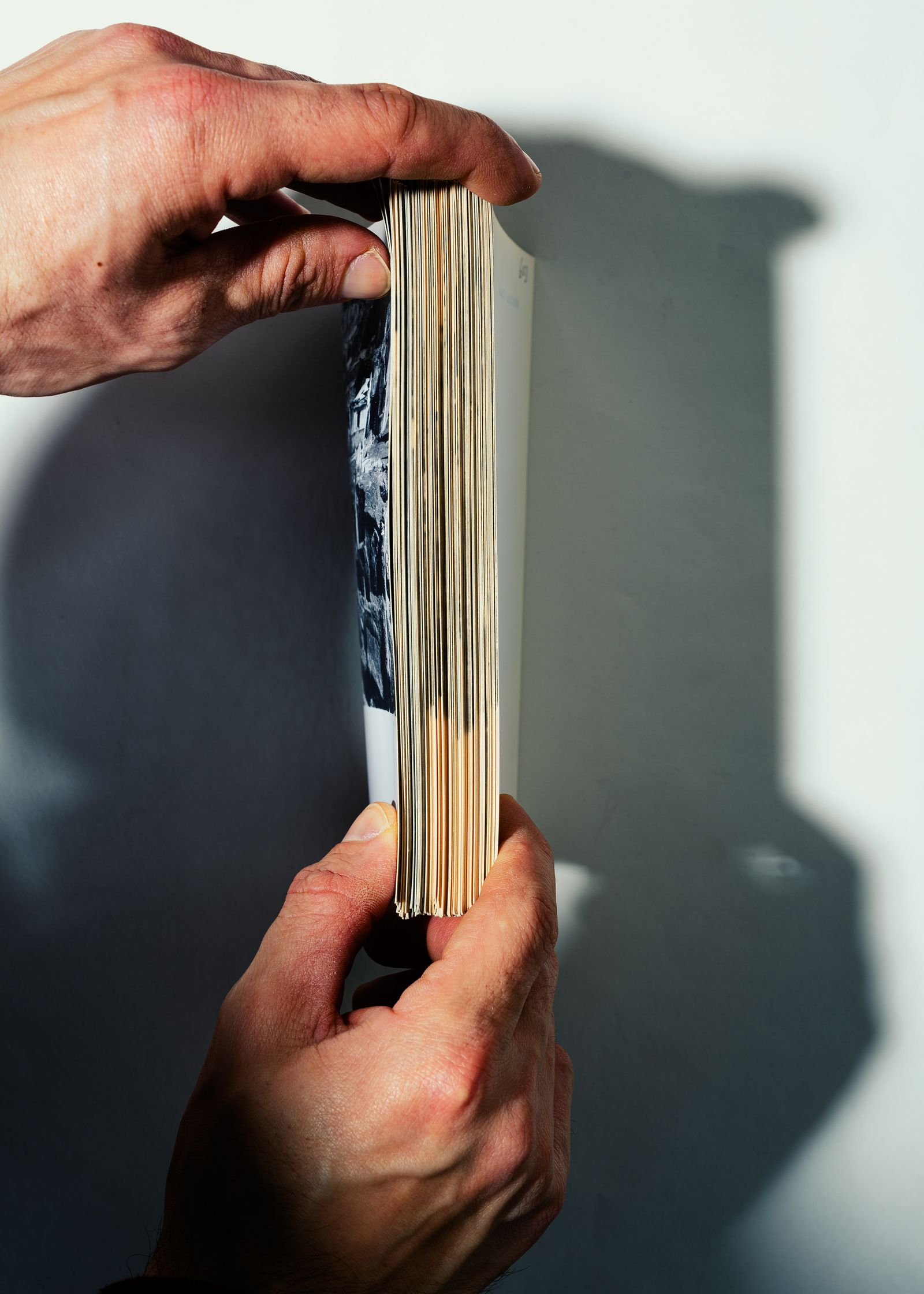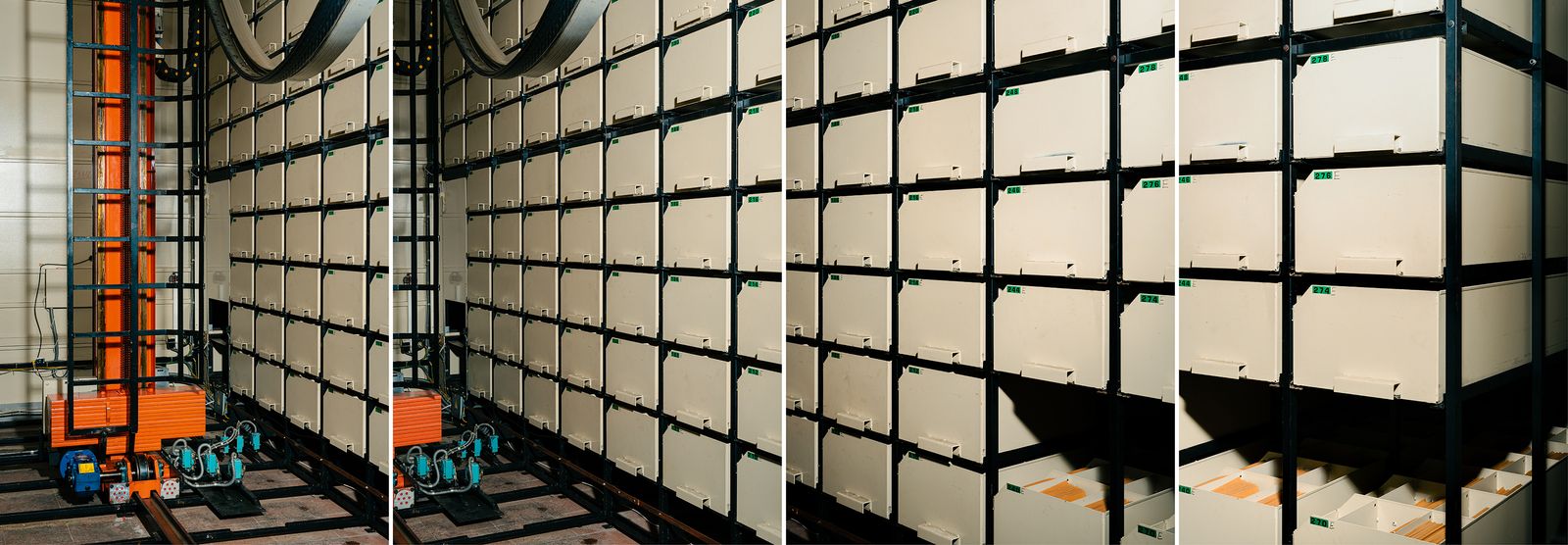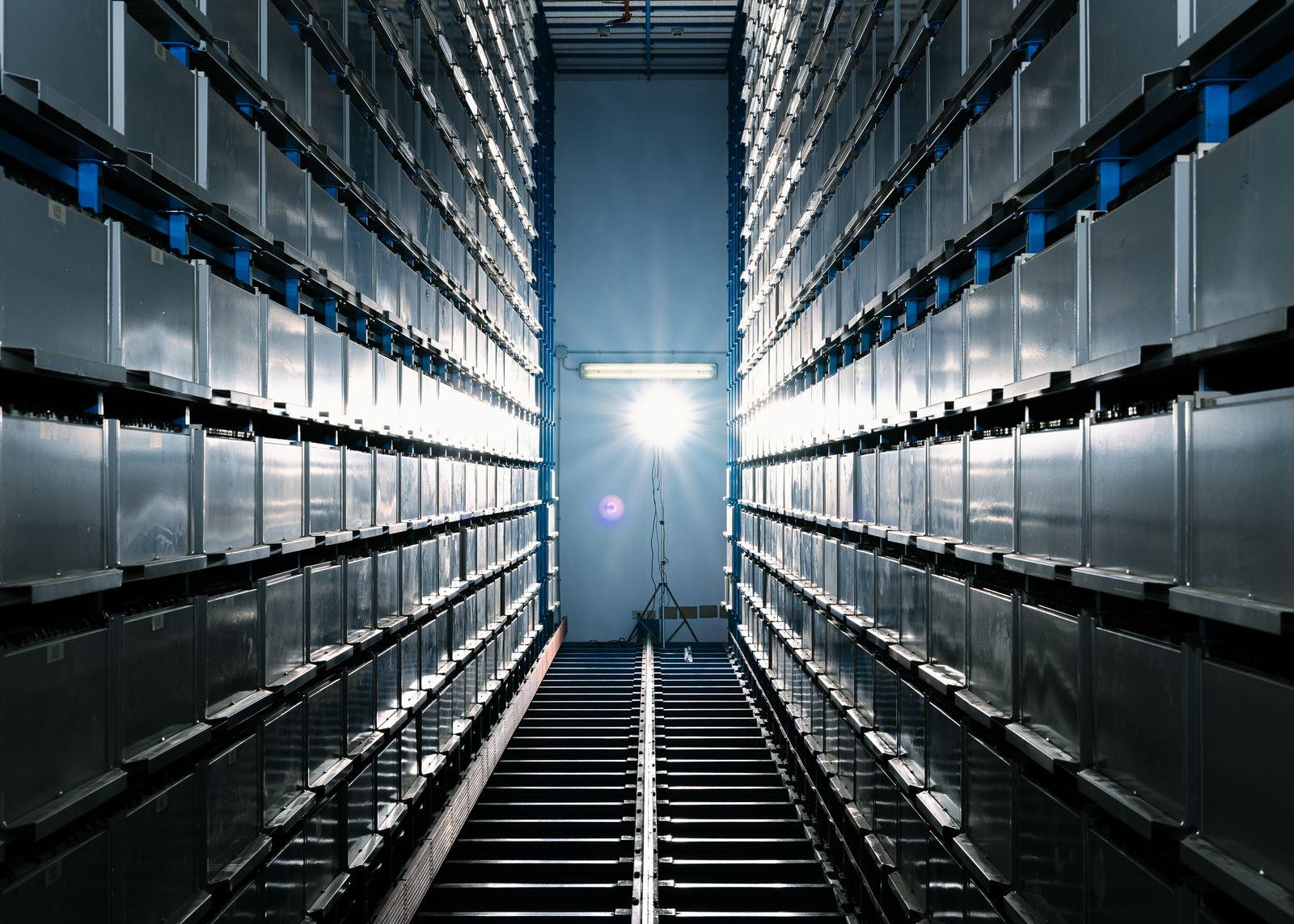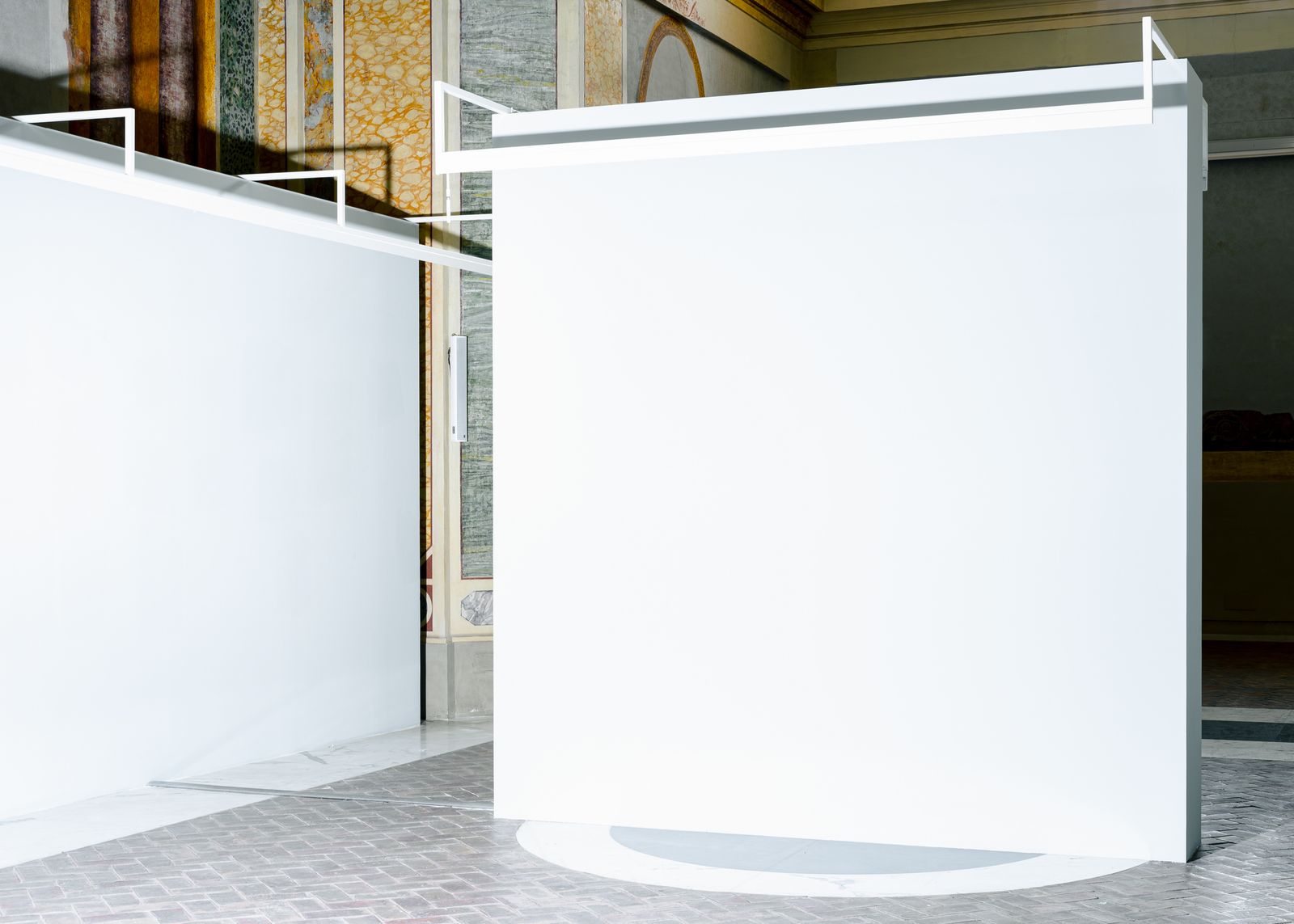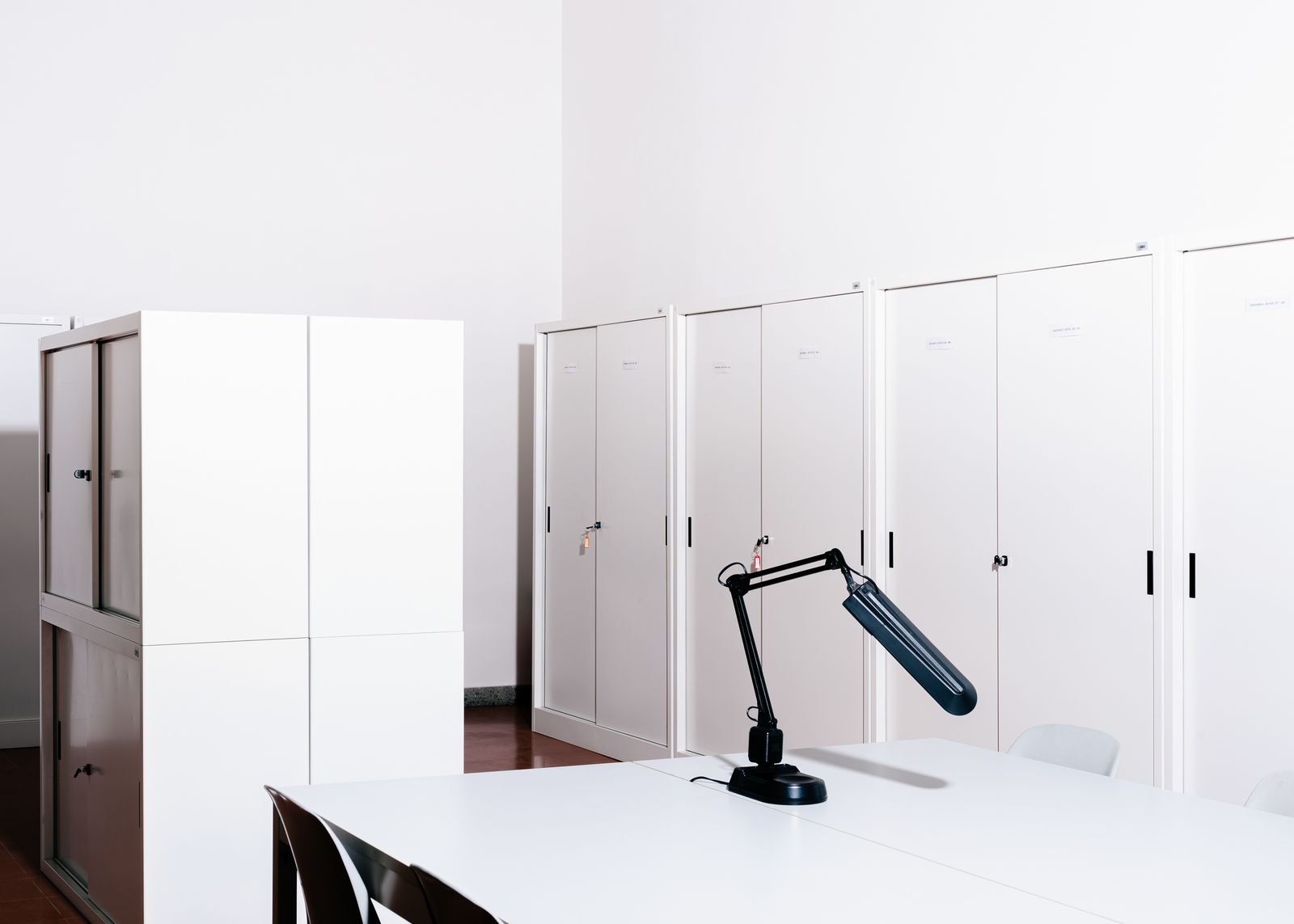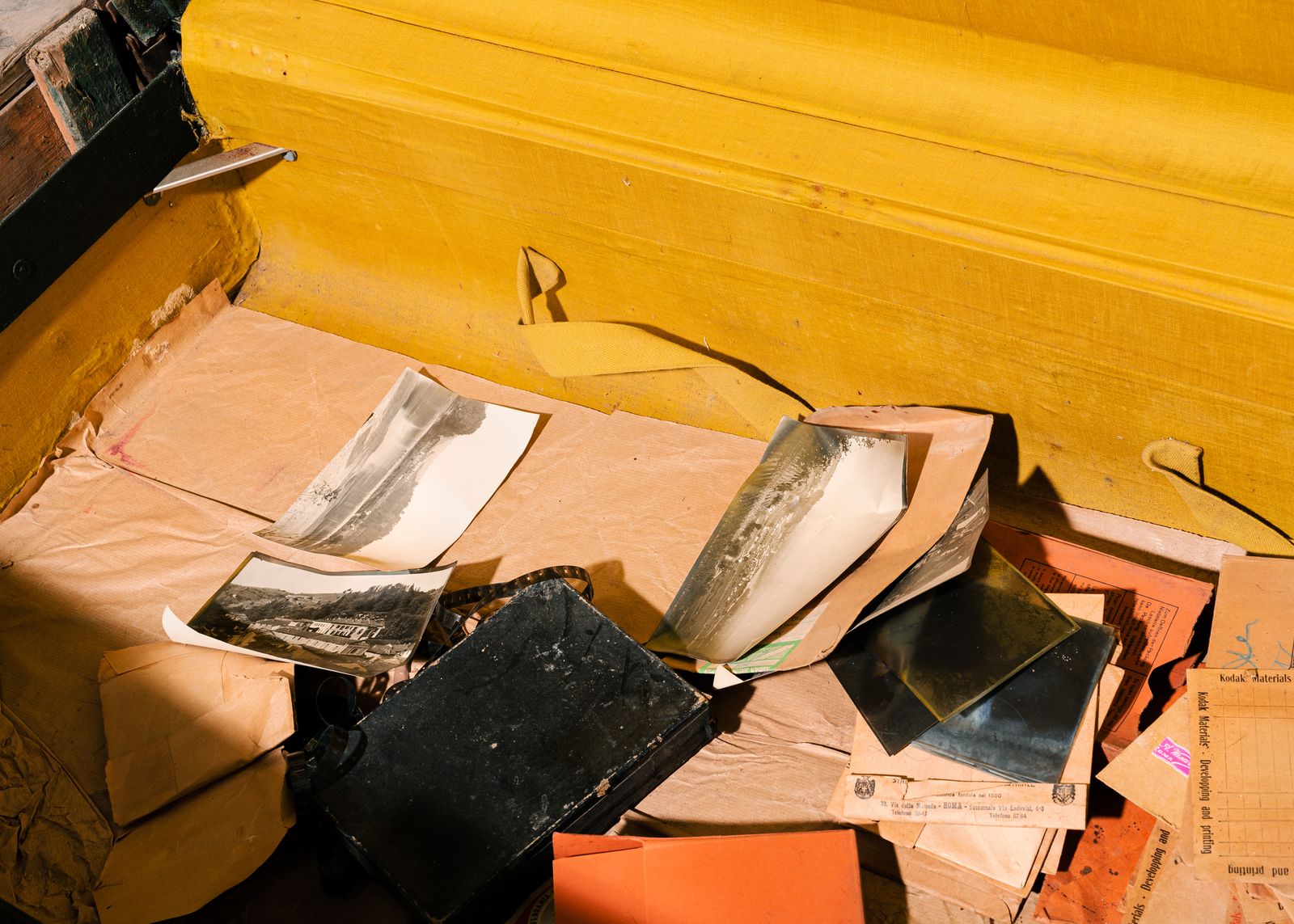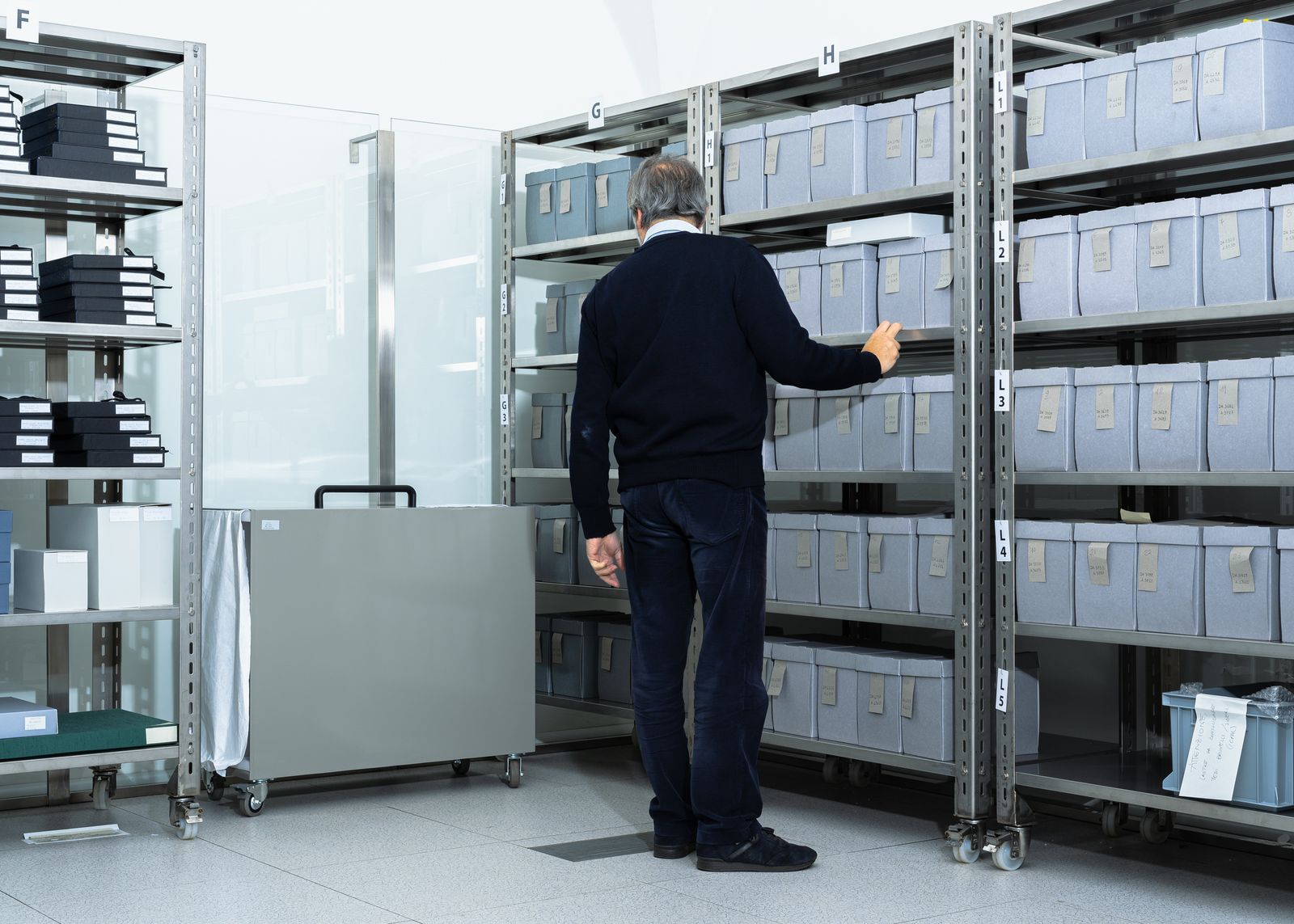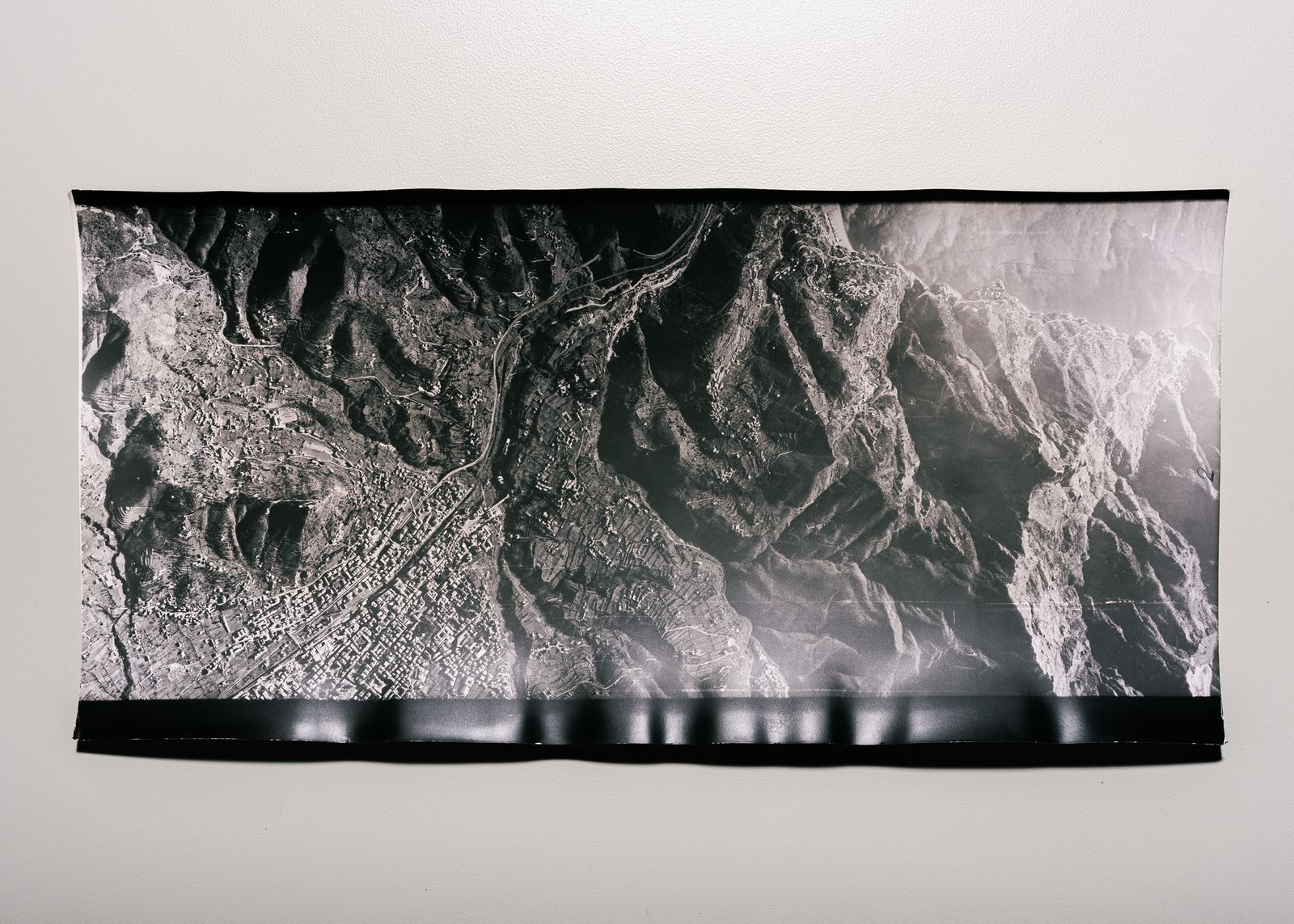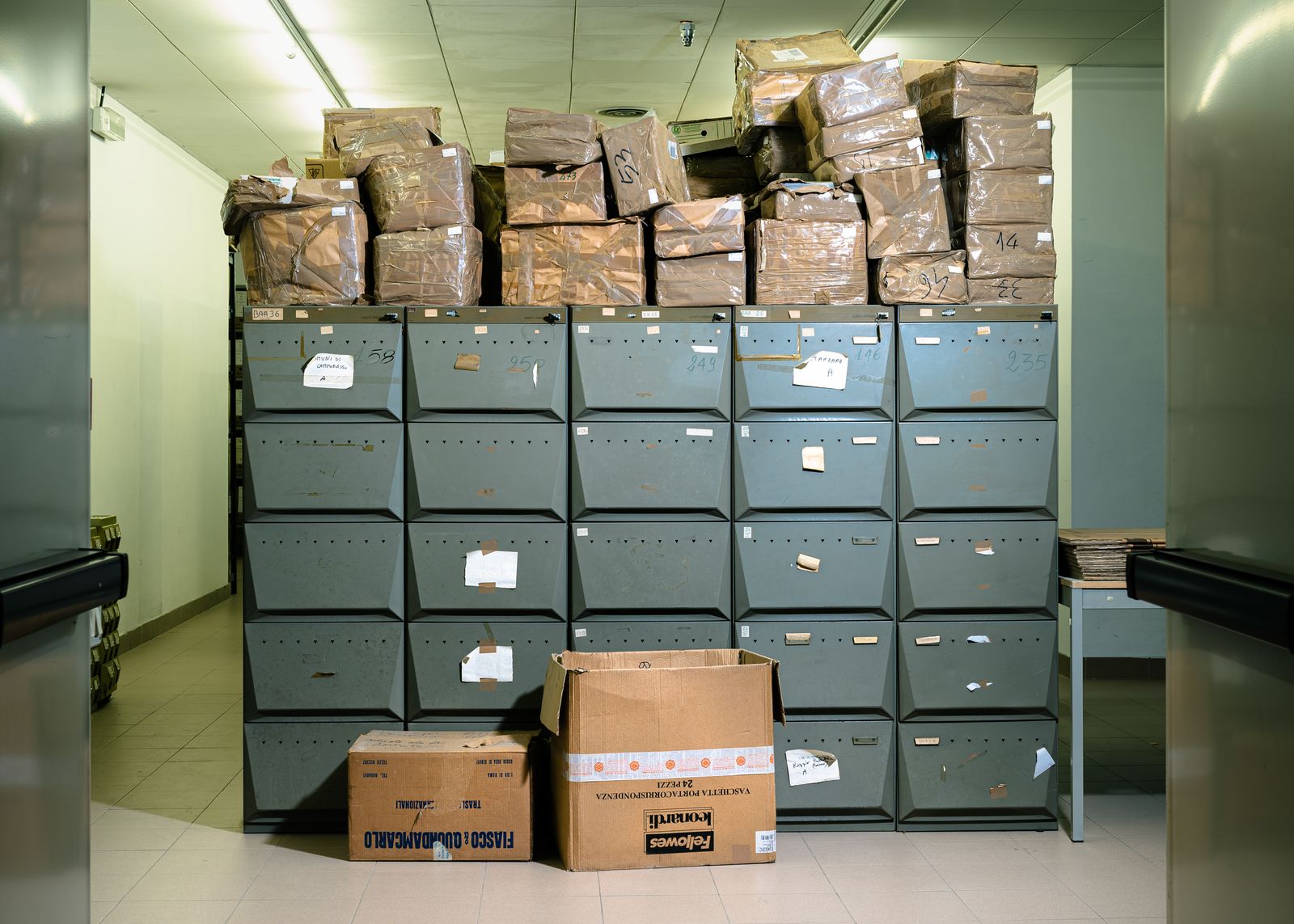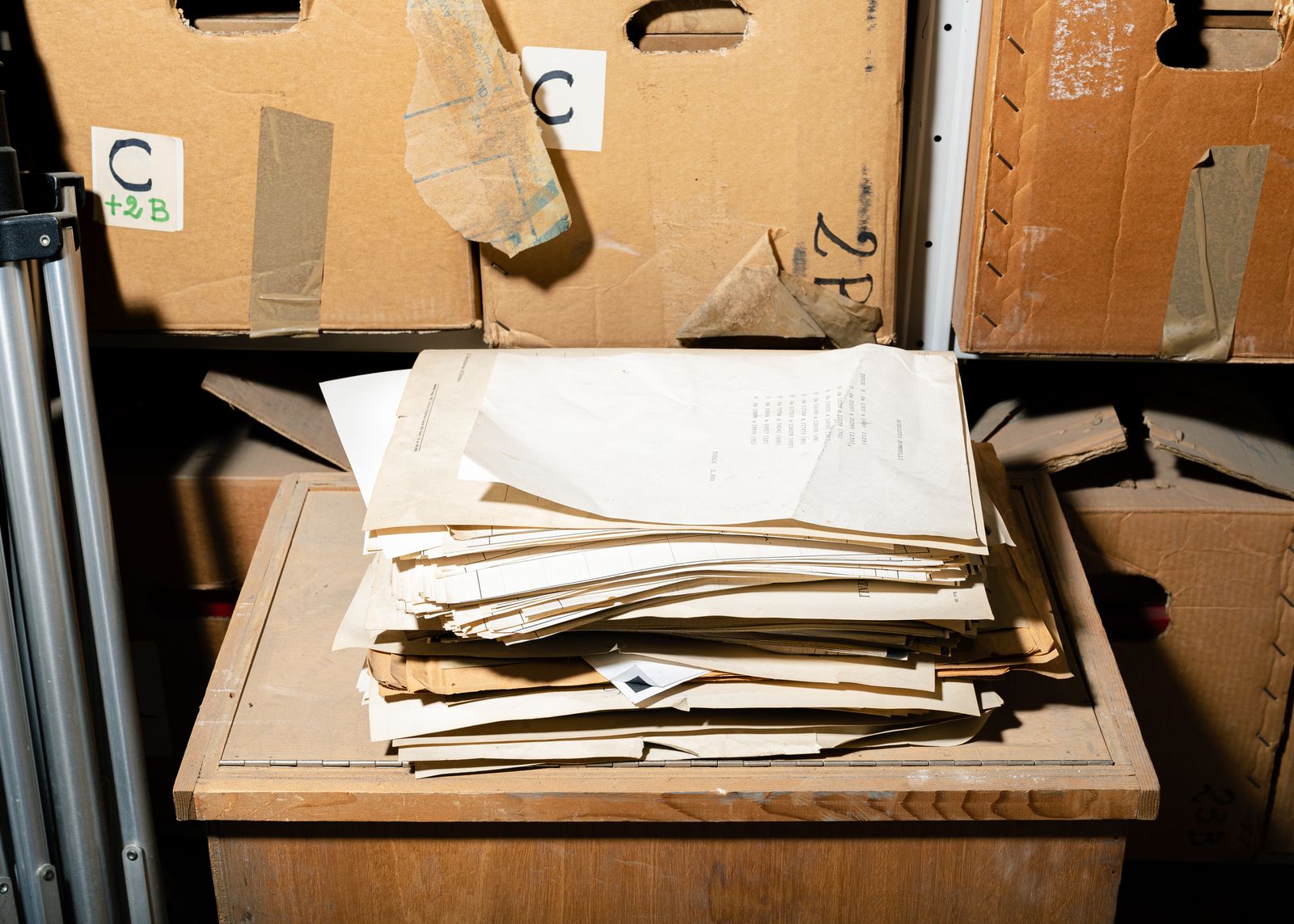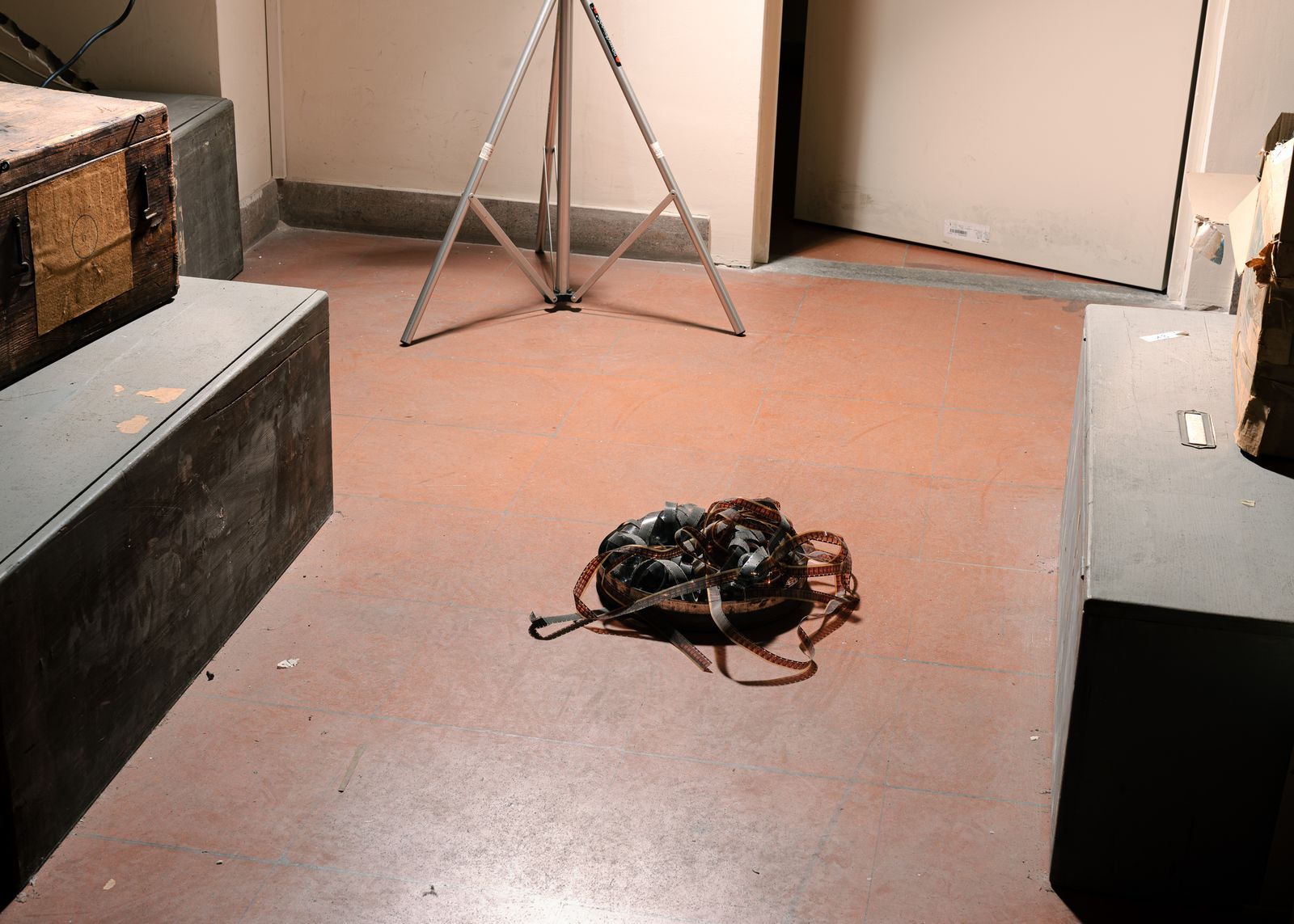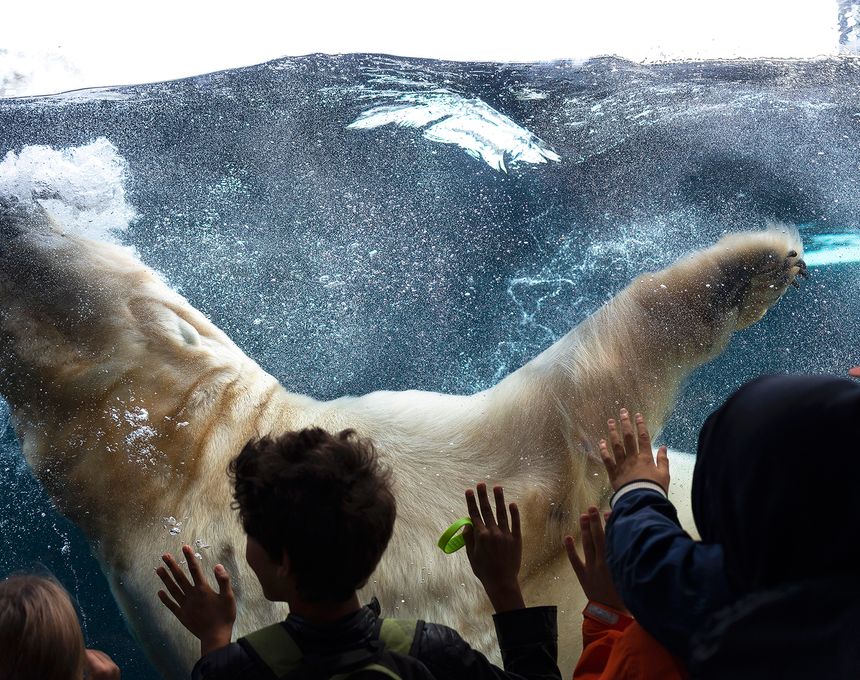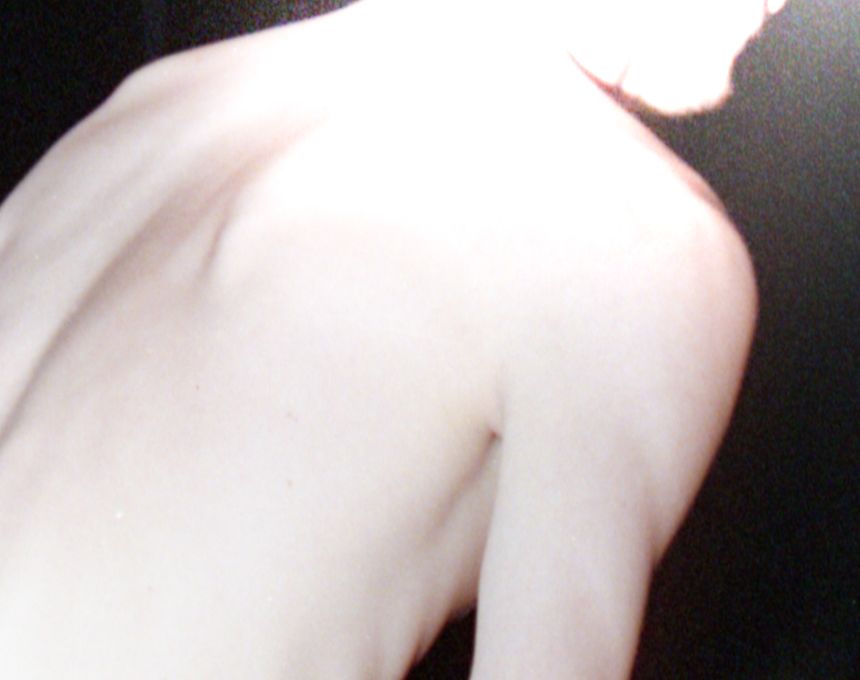Nel quasi invisibile
-
Dates2022 - 2023
-
Author
- Location Italy, Italy
The world of archives, there where different civilizations, "cultural fragments" and histories coexist in the same space, although changeable and open, circumscribed within well-defined regions and levels in the temporal dimension of this present.
Already Friedrich Nietzsche in "Human Too Human" (1876-1878) predicted that in the modern age the different civilizations, "cultural fragments" and the heterogeneous multitude of histories would be able to coexist alongside each other mingling and traveling at the same frequency as we humans can travel: this is what happens within archives. They share the same space, albeit changeable and open, and are circumscribed within well-defined regions and levels in the temporal dimension of this present.
In modern and post-modern times, this space of inclusion has always been associated with the idea of the archive because it is the only socio-cultural device with a functional capacity to record time, making it, moreover, productive, usable and profitable. Peculiarity that at the same time gives rise in turn to a true "theater of memory".The archive produces our presence by delineating, through its constant activity of ordering, that so-called "edge of time" cited by Michel Foucault, it surrounds and overlooks us by relating a network of phenomena of unstable and constantly changing entities. A device, the archival one, capable of generating permanence by adopting change, capable moreover of re-interpreting, re-ordering and re-enunciating what is contained within it, perpetually poised between two extreme poles: destroying (forgetting) and preserving (remembering).
"Other spaces" that relate the matter that takes the form of documents, photographs, books, objects and whatnot, from different and distant worlds generating true heterotypes in which complex and specific dialogues are built that put us in close relationship with the past, and direct our gaze to the future. We could define them as "involuntary witnesses", inexhaustible sources of information that materialize and explicate humanity's cause-effect sign relationship with a past that is untraceable without.
The archive is a useful medium for defending and consolidating our knowledge systems by offering us the possibility of producing new knowledge as infinite other yet unidentified connections coexist between constituent elements. Connections that can be unveiled through archaeology, which interprets the archive as a true archaeological site in which the act of "digging", traversing the dense layering of its contents, can bring out realities that were previously distant or concealed but have always coexisted in the same space. A work this then of well regulated and systematic re-writing of memory through its first real mediator, the archive itself. Further extreme attempt to succeed in embracing the totality of existence in order to gain its full control.
"Nel quasi invisibile" ("Into the almost invisible") is a project that aims to represent, through the medium of photography, the complex archival system embodied by the Central Institute for Catalogue and Documentation of Rome (ICCD). The opportunity offered to me to enter it gave me a way to experience its spaces, to note the volume of what constitutes the memory contained within, to become fully aware of the way materials are managed and their vulnerability, and to understand the cause-effect relationship generated by the preservation and protection of our identity. To look at the archive as a cosmos from which to extrapolate every little detail of it in an almost disposofobic manner, further accumulating and fragmenting a place naturally instead predisposed to the systematic and highly stratigraphic management of the archival material it preserves.
Thinking of my presence as a performative act triggered by a kind of "material turn" in which the recovery and appropriation of objects, traces, documents, materials, remnants of everyday life, became the "causal" for a possible recovery of a reality hidden in space, gradually building over time my own personal archive that relates elements without pre-existing connections. Creating within a census place an additional "junk space", as Rem Koolhaas would say, in which the politics of accumulation replaces hierarchy and composition with addition: "more is more".
Working on the seriality of gesture and gaze, as well as archival practices in its various forms and facets, extracting contents from their "crates" as Walter Benjamin would do in order to discover and rediscover them by dragging them into a present of which I myself become a trace.

